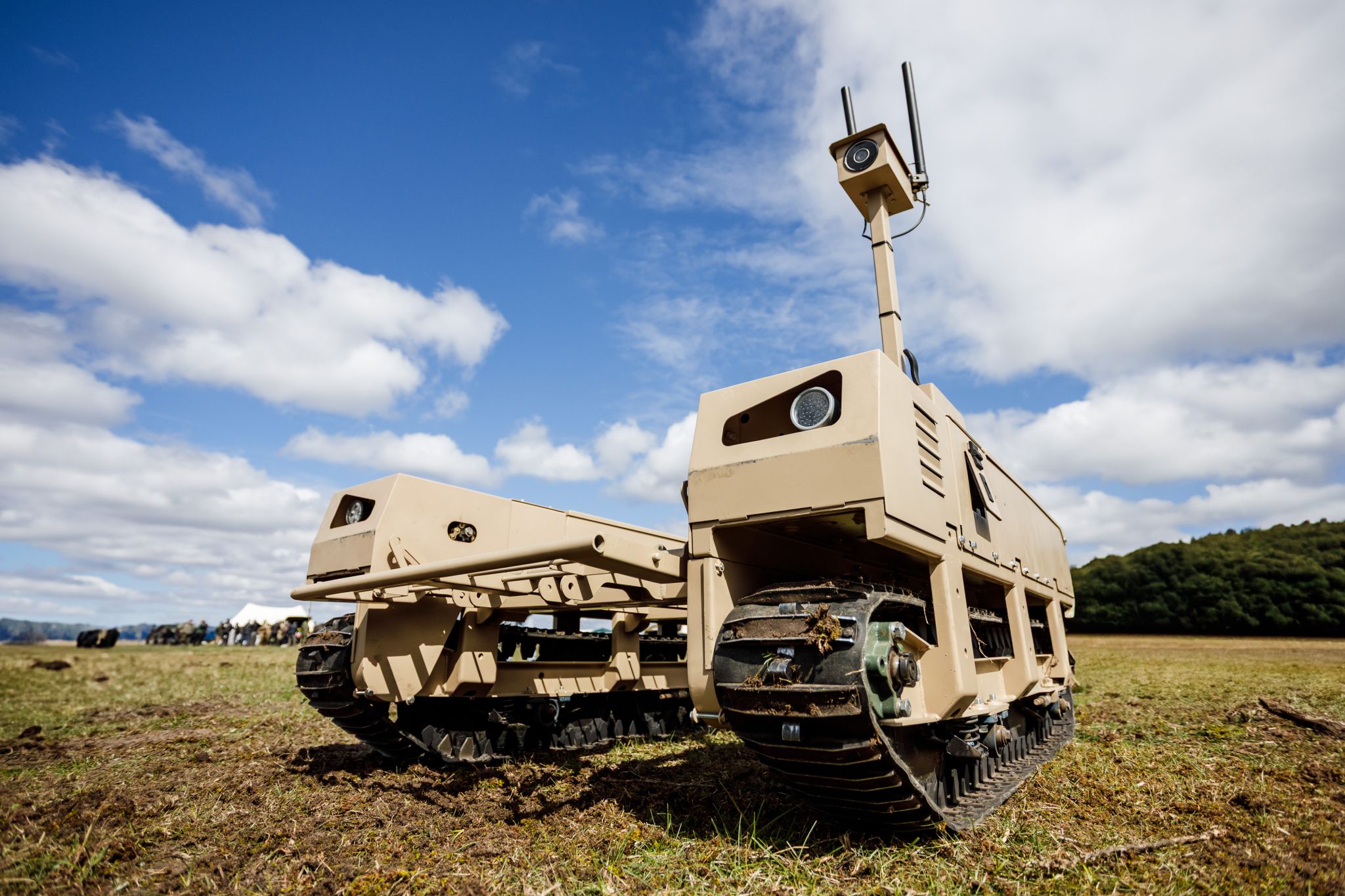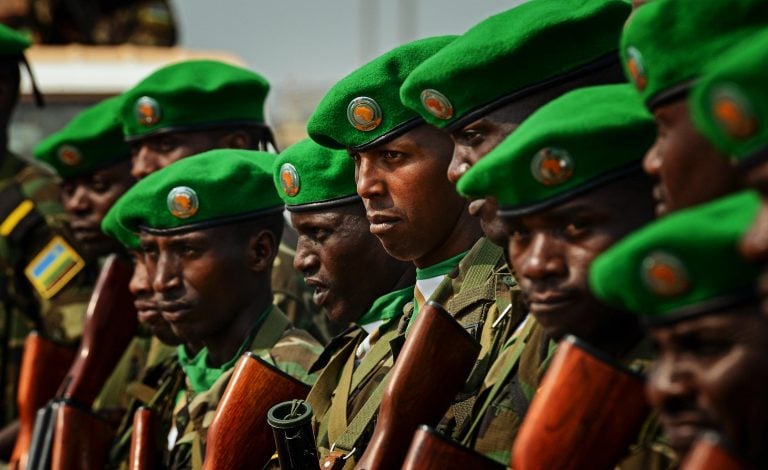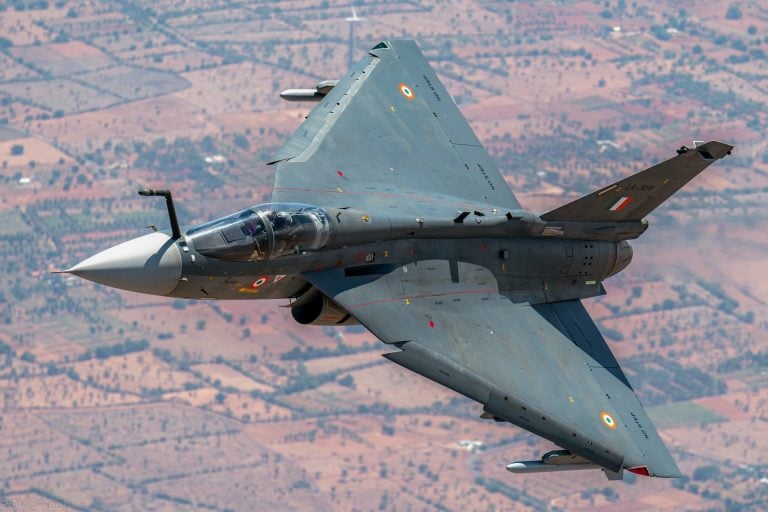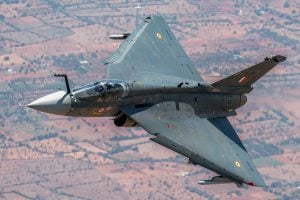In a significant development for Ukraine’s military capabilities, the armed forces are set to enhance their reliance on unmanned ground vehicles (UGVs), with plans to procure around 30,000 systems by next year to address growing operational needs. This projection was shared by Viktor Pavlov, the founder of Ukraine’s Ground Robotic Systems (NRK) School and a commander in the 3rd Assault Brigade, during an interview with the Ukrainian news outlet Telegraf.
The initiative is part of a broader strategy to standardize training and facilitate the integration of robotic platforms into the day-to-day operations of Ukraine’s defense forces. The NRK School plays a pivotal role in this effort, training operators from various branches of the military to effectively utilize these technologies.
Currently, a majority of the unmanned systems employed by Ukrainian forces are the result of innovations from local engineers, dedicated volunteers, and small defense enterprises. The cost of these ground robotic systems varies significantly based on their capabilities, size, and level of autonomy, typically ranging from $10,000 to $50,000.
The integration of UGVs is particularly crucial on the front lines, where they have started to replace traditional logistical and combat support roles. These vehicles are responsible for tasks such as delivering ammunition and supplies, evacuating the wounded, and gathering intelligence. Pavlov highlighted that a single unmanned system can often replace multiple troops during transport missions, thereby minimizing their exposure to threats such as artillery and sniper fire.
Despite the advancements in robotic technology, human operators continue to play an indispensable role in overseeing mission planning, critical decision-making, and performing repairs in the field. Unmanned ground vehicles are primarily used for logistics, efficiently delivering essential resources like water, food, and ammunition to perilous areas that would otherwise be too risky for personnel.
In addition to logistics, UGVs are also making strides in engineering tasks, particularly in mine clearance—an area traditionally overseen by sappers. Furthermore, these systems can be fitted with various weapons, including machine guns and grenade launchers, enhancing their combat capabilities.
The increasing deployment of ground robotic systems marks a pivotal shift in Ukraine’s military operations, reflecting a growing trend towards automation and technological advancement in modern warfare.

















